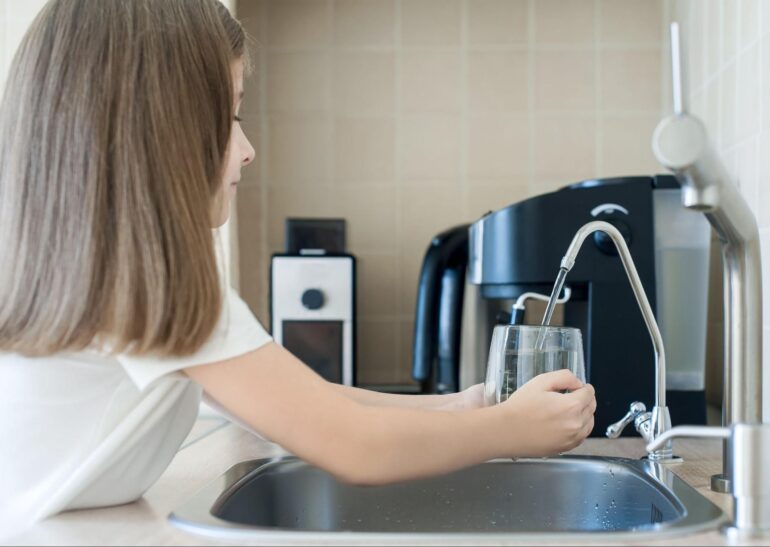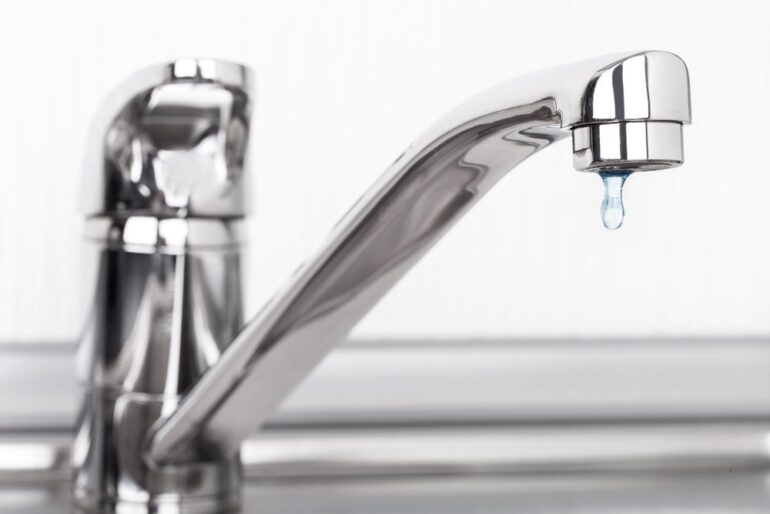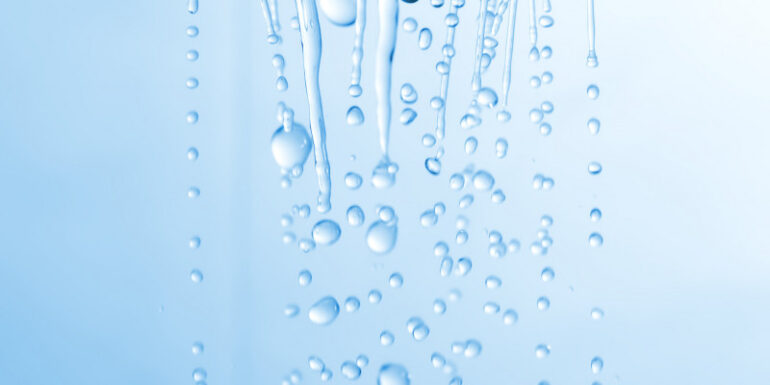Water, the life-sustaining fluid that covers over 70% of the earth’s surface, plays an indispensable role in our lives, providing us with nourishment, sanitation, and countless other everyday uses. However, as the world’s population continues to grow, fresh water is becoming an increasingly scarce resource, compounded by factors like climate change and environmental pollution.
In this context, it becomes especially significant to promote water-saving and water-efficient practices in all aspects of our lifestyles. This article aims to afford an in-depth look into the significance of water conservation and discuss various effective strategies that can be implemented to save water, specifically regarding residential homes in Sydney.
Importance of Water Conservation in Sydney Homes
Affectionately referred to as the “Harbour City”, Sydney is home to more than 5 million residents, making it the most populous city in Australia. The prevalence of various water-consuming activities undertaken by Sydney’s residents means that a considerable amount of water is being consumed daily. Consequently, the city faces the potential threat of water scarcity, emphasising the urgent need for efficient water usage.
Recent data indicates alarming statistics: each Sydney resident, on average, consumes about 200 litres of water per day. This equates to a relative usage of approximately a billion litres per day when we factor in Sydney’s population base. The long-term implications of these figures translate into escalating water expenses and decreased water security—an outcome that could prove catastrophic for all residents.
Placing an emphasis on water conservation in Sydney homes can significantly alleviate several challenges that the city faces. In addition to protecting the environment, it can play a part in safeguarding Sydney’s future by ensuring water availability for generations to come. Potentially, it could also lead to considerable cost savings on each household’s water bills.

Decoding Your Water Bill: A closer look into water use
Your water bill is a highly useful tool—an indicator that reflects the water consumption pattern of your household. Prudently analysing water bills in Sydney can provide you with a comprehensive overview of where the majority of water gets consumed within your home. Equipped with this knowledge, homeowners can then proceed to initiate structural and behavioural changes to their water use.
Water bills delineate how water is used in our homes, thereby helping identify which activities or appliances are the most water-intensive. For example, according to Sydney Water, regular household activities like toilet flushing, showering, and gardening constitute the most significant portions of a household’s water use. By being aware of these trends, homeowners can take targeted steps towards adopting water-saving practices.
Home-Based Water-Saving Measures

Water conservation starts at home. Whether it’s altering our daily routine or investing in water-efficient appliances, various home-front methods can help achieve substantial water savings. Installing low-flow showerheads, tap aerators, and dual-flush toilets are among the more common water-saving adaptations that are becoming increasingly widespread. Not only do such adaptations conserve water, but they also cut down on the amount expended on water bills.
Besides appliance-installation, behavioural changes can also contribute significantly to water conservation. Simple habits like turning off the tap while brushing or shaving, collecting cold shower water (which is usually wasted while waiting for the water to heat up) for other uses, and ensuring that your washing machine or dishwasher is fully loaded before running it, can result in significant water savings. These changes do not require massive effort but can make a large difference to your water consumption.
A crucial part of home-based water saving involves checking your home’s plumbing systems regularly. Alongside maintaining pipework, a periodic analysis of all taps, showers, and toilets for leaks can uncover water wastage often overlooked. Remember, even a small drip can accumulate over time into a significant wastage of water.
Water-Efficient Gardening and Landscaping Practices
Outdoor water use, specifically for gardening and landscaping activities, constitutes a significant portion of a household’s water consumption. Giving due consideration to water-efficient practices in this area can therefore lead to meaningful water savings.
A primary method of achieving this is by opting for native or drought-resistant plants that require less water to thrive. Picking plants adapted to Sydney’s climate would ensure their resilience to local weather variables and thereby, reduce their dependency on supplemental watering.
Efficient irrigation is another area that merits attention when aiming to save water outdoors. Drip irrigation, weeping hoses and soaker systems are effective methods to ensure that water goes directly to where plants need it most – their roots. Such systems minimise evaporation and runoff, thereby maximising the water that reaches the plants and minimising wastage.
Rainwater harvesting is an option worth considering when looking for ways to save water outdoors. Employing rainwater tanks to collect and store rainwater during the wet months is a practice that has been gaining traction in recent years. This stored water can later be used for watering your garden, flushing toilets, and even washing clothes, thereby reducing your reliance on the mains water supply.
The Future: Water-Saving Technologies

As we look towards the future, advances in technology paint a promising picture for water conservation. Concepts like ‘Internet of things’ applied to our homes are gradually becoming more prevalent, and similar advancements in water-saving technology are offering citizens of Sydney exciting new options to aid in water conservation.
Diverse technologies like smart home systems are not only reshaping the way we live but also altering our water usage patterns by employing real-time monitoring of water consumption. Indeed, such systems can help identify leaks promptly, prevent unnecessary water use, and allow for a more streamlined use of water in homes. While these systems do require an initial financial investment, the long-term benefits, both environmental and cost-saving, make them a worthwhile consideration.
Conclusion
The crucial significance of water conservation within Sydney homes is a matter of no dispute. Amplified by the looming threat of water scarcity, the discussion around water conservation takes on a tone of urgency. By understanding our individual water consumption patterns and making conscious efforts to reduce our usage, we can each play an instrumental role in preserving this precious resource.
Moreover, embracing water-saving technologies and adapting our behaviour and habits to be more environmentally conscious will pave the way for a sustainable Sydney. Each step we take towards water conservation – no matter how small it may seem – will ultimately feed into the larger objective of global water conservation. Thus, leading to the fostering of a water-wise future where each citizen plays a part in securing our collective water future.
